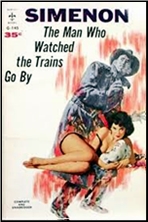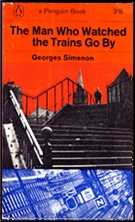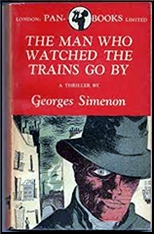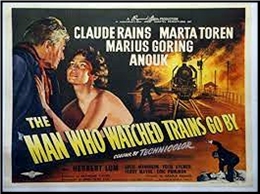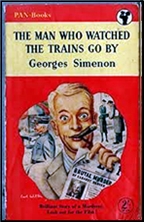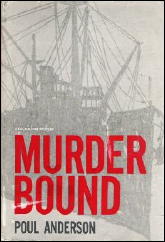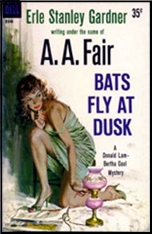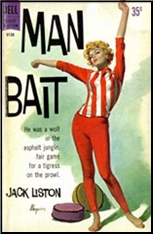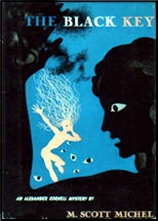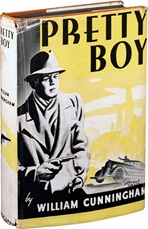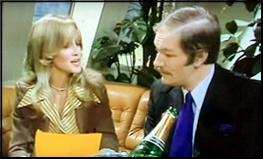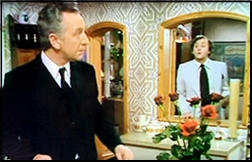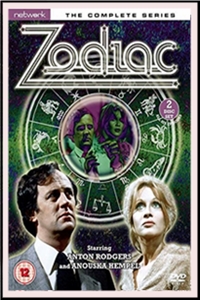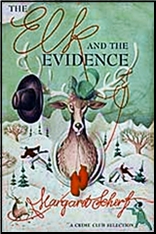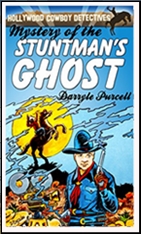Mon 9 Jan 2023
Locked Room Mystery Stories I’m Reading: BILL CRIDER “See What the Boys in the Locked Room Will Have.â€
Posted by Steve under Stories I'm Reading[4] Comments
BILL CRIDER “See What the Boys in the Locked Room Will Have.†First published in Partners in Crime, edited by Elaine Raco Chase (Signet, paperback, 1994). Not known to have been collected or reprinted.
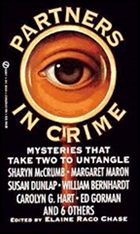
The gimmick of the Partners in Crime anthology is not a difficult one to figure out, just from the title. It’s a collection of original mystery stories in which two detectives pair up to solve various cases together. In large part, these are detectives created by the same author, some created especially for this anthology. In one instance, though, two authors bring their respective characters together to solve the case (Margaret Maron and Susan Dunlap).
In “See What the Boys in the Locked Room Will Have,†Bill Crider created a brand new pair of protagonists, collaborative mystery writers Bo Wagner and Janice Langtry. He plots, she writes, he types. It’s an uneasy relationship, in more ways than one, but it seems to work. So well that when a strange death occurs in the same town where they live, the police call them in asking for help.
A man both Bo and Janice knew well has been shot and kills in his study. There is no gun to be found, but with the room under observation when the shots are heard, there is no one who could have committed the crime.
It’s a good mystery, with lots of clues, and even though it’s a rather short tale, the deductions come fast and furious. Bo’s recreation of the crime takes up more of the space, but it’s his partner in crime writing who manages to put the facts together correctly, to his chagrin. As the author of this fully engaging story, Crider has to do a fast bit of handwaving, perhaps, to make it all work, but I was satisfied, and so should you, if you’re ever able to get yours hands on a copy.
Bibliographic Note: Bo Wagner and Janice Langtry appeared together in two later stories:
“The Case of the Headless Man,” Ellery Queen’s Mystery Magazine, March 1997.
“At the Hop,” with Judy Crider, Till Death Do Us Part, edited by Jill M.Morgan and Martin H. Greenberg, Berkley, paperback, 1999. Nominated for the Anthony Award for Best Mystery Short Story of 1999.
